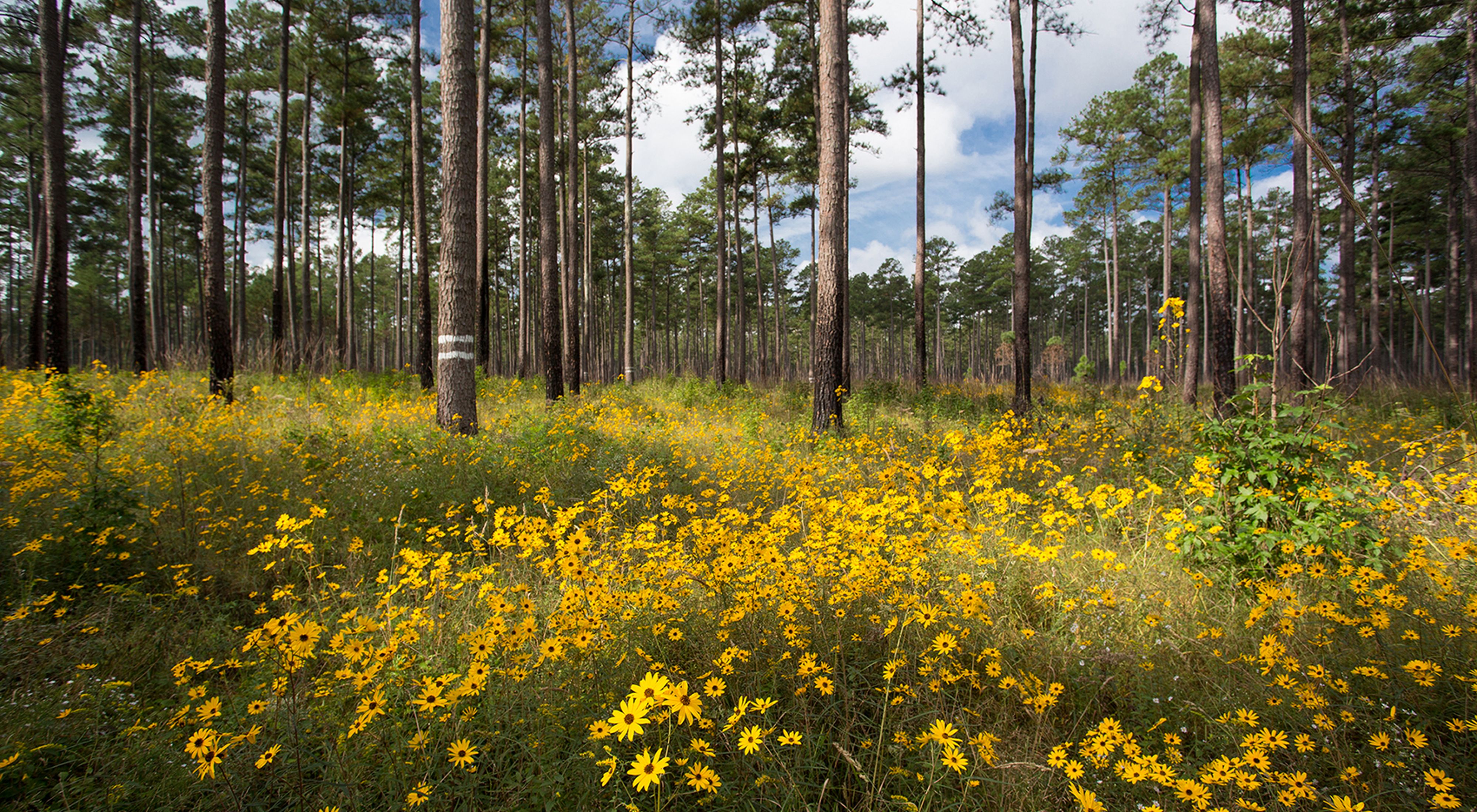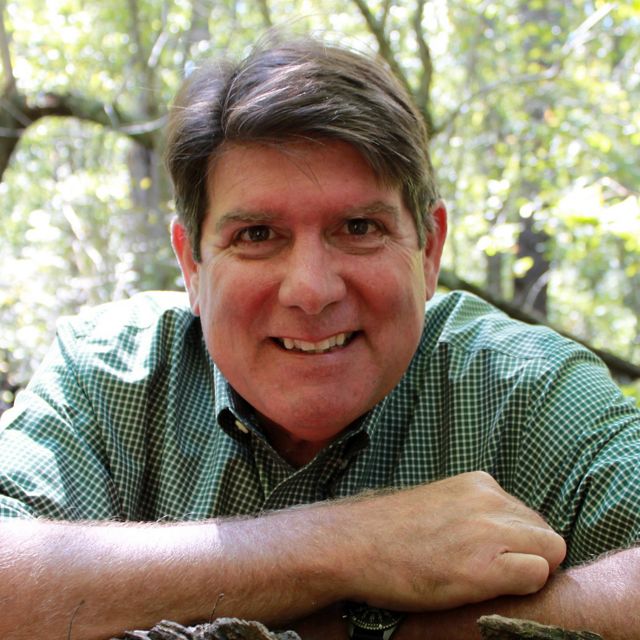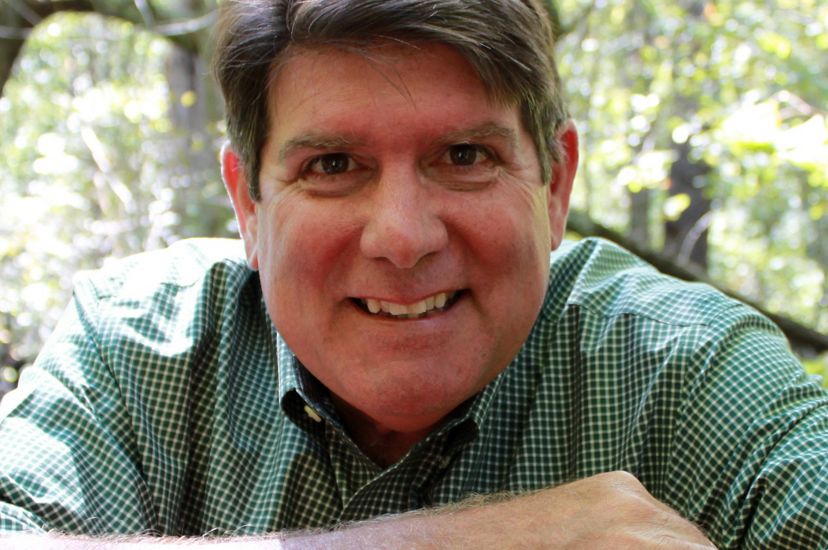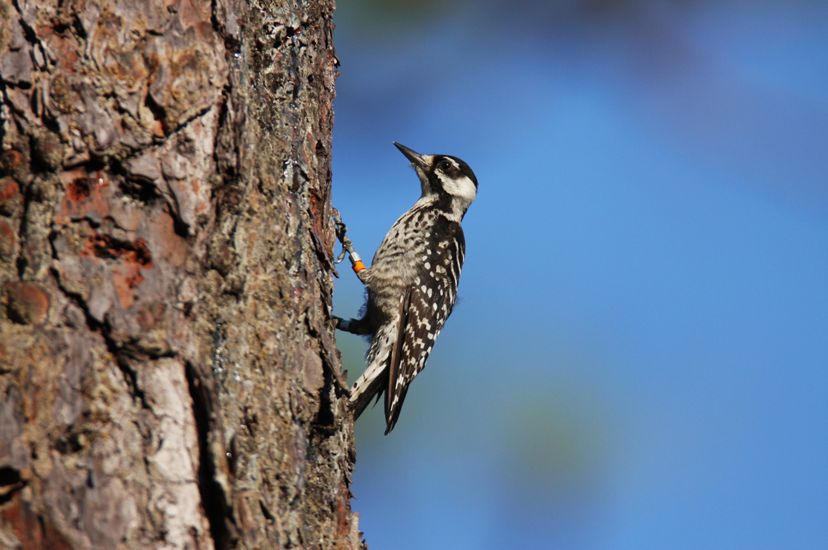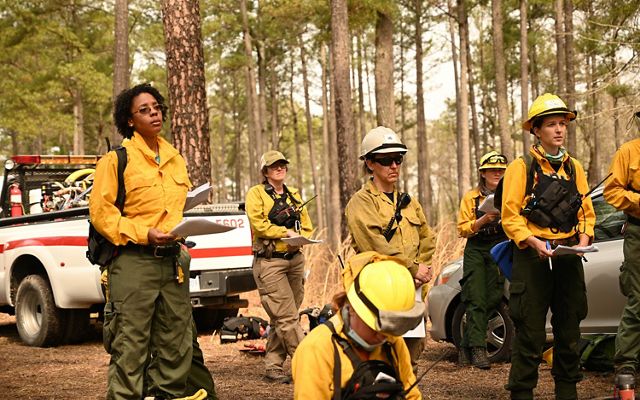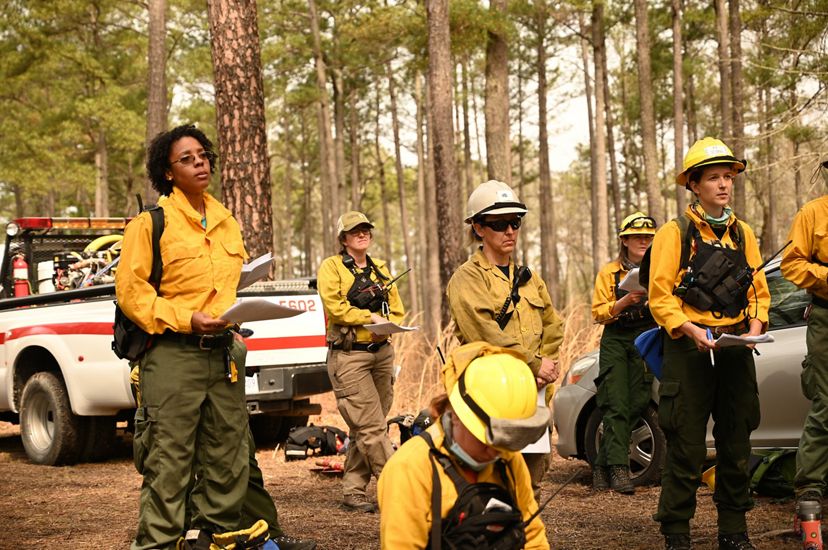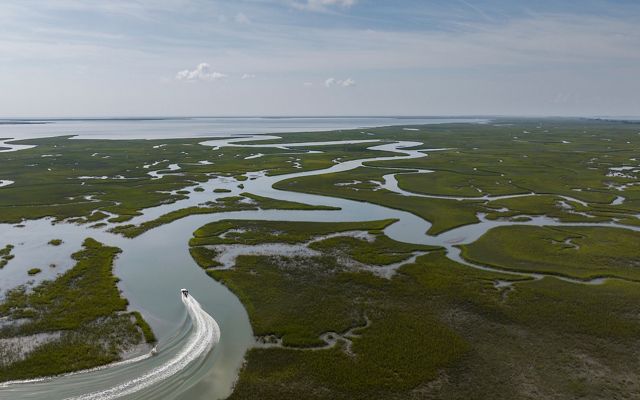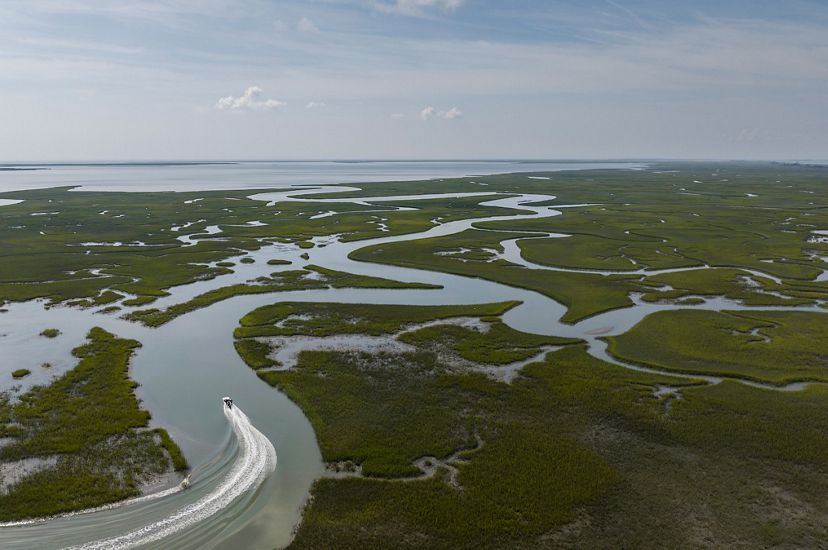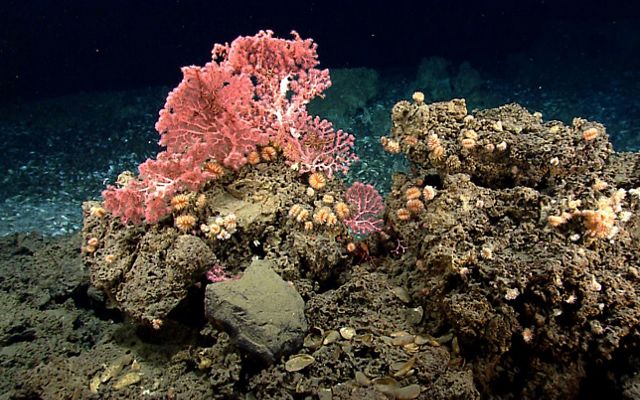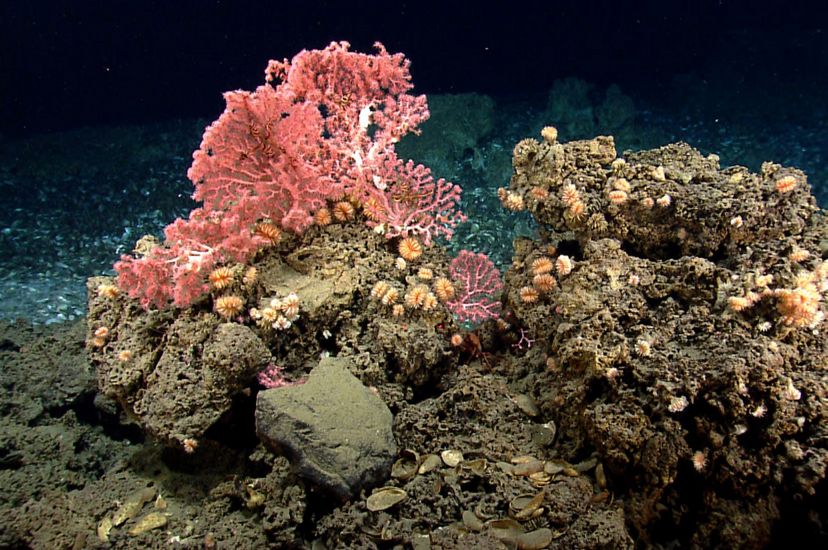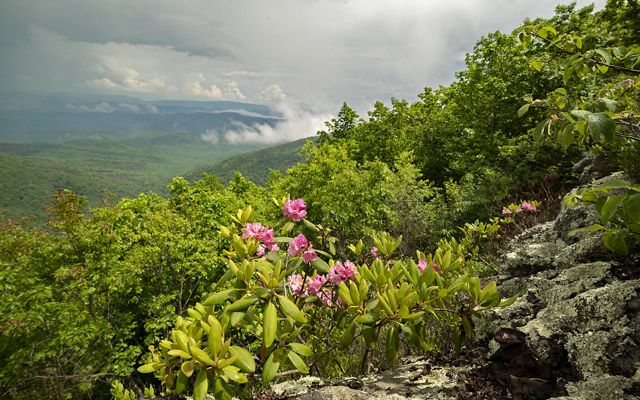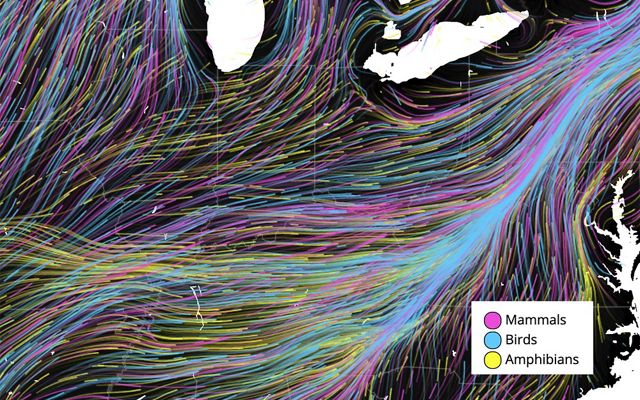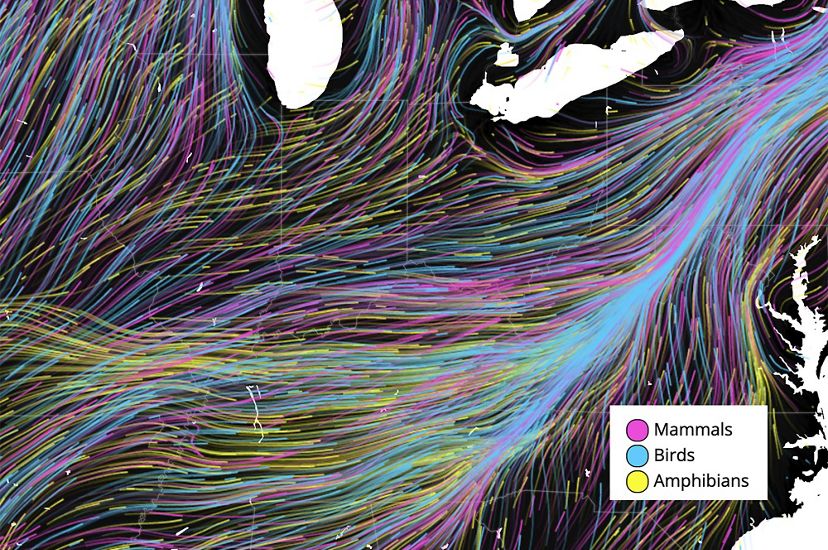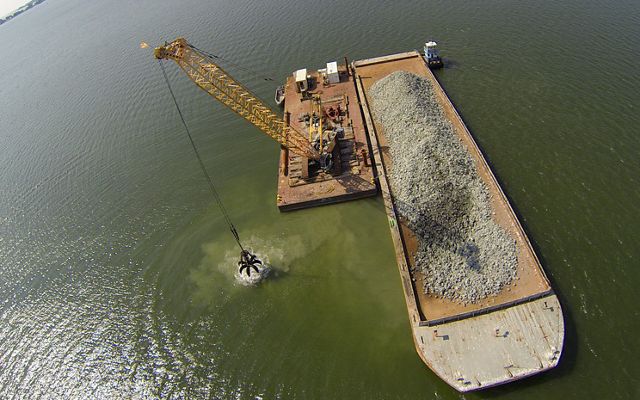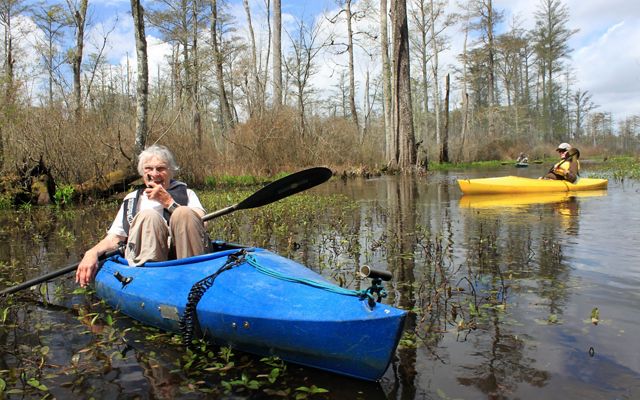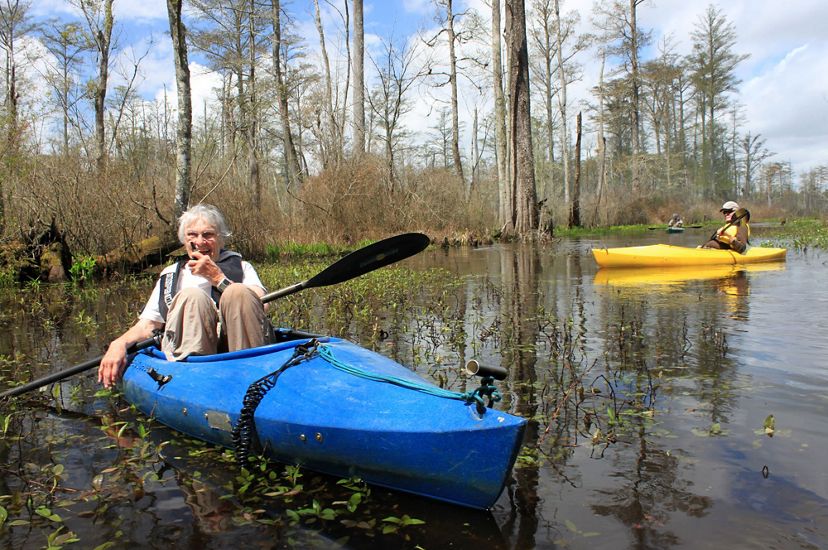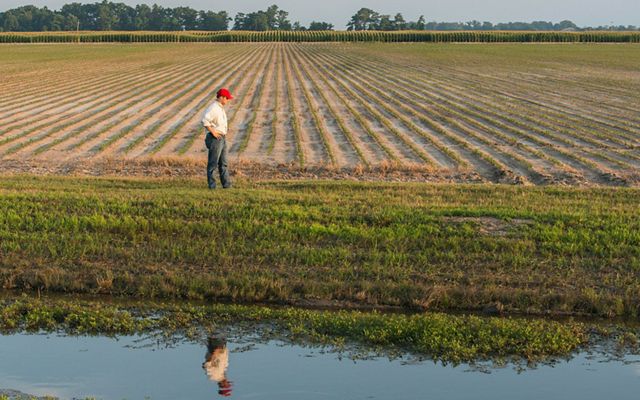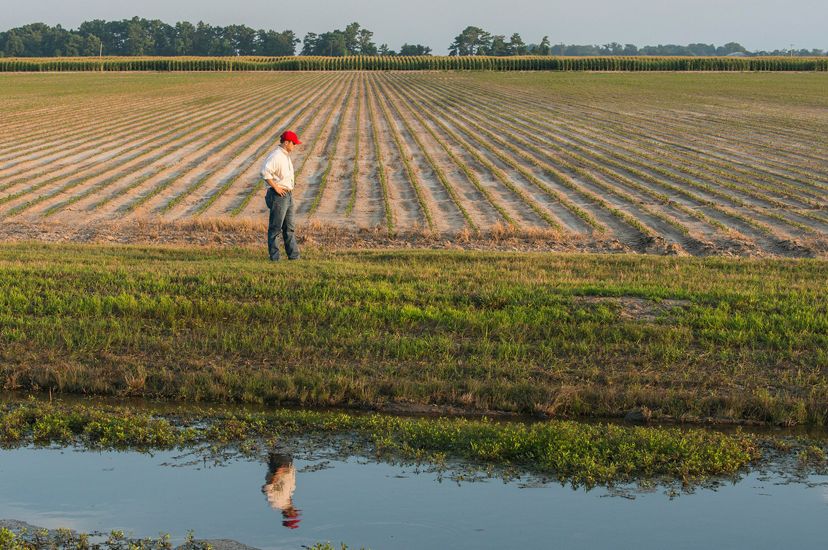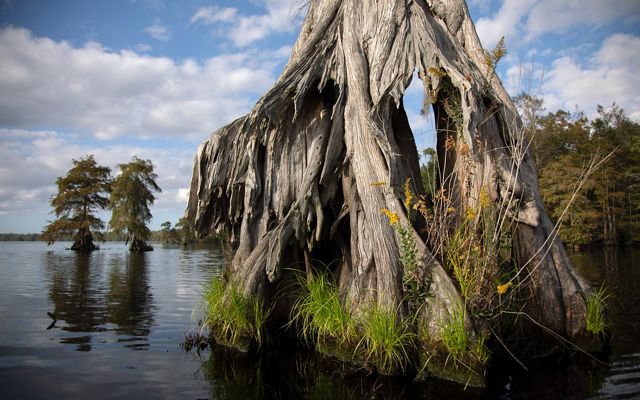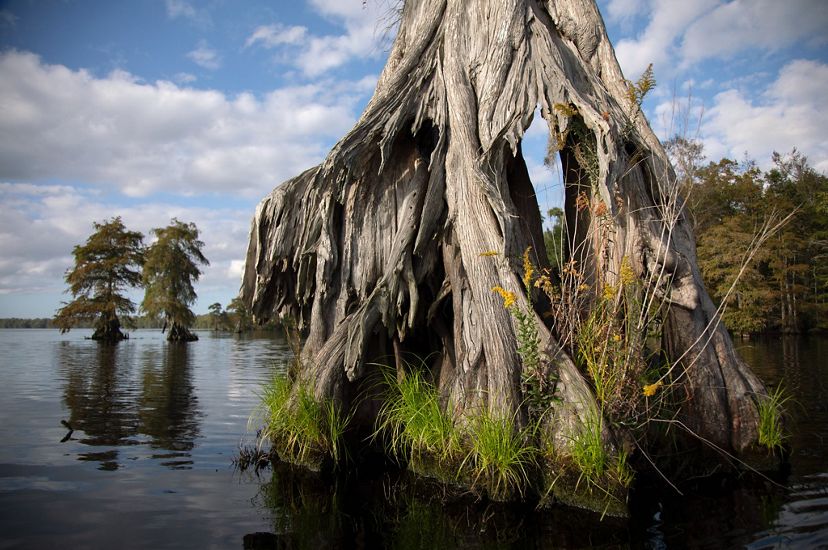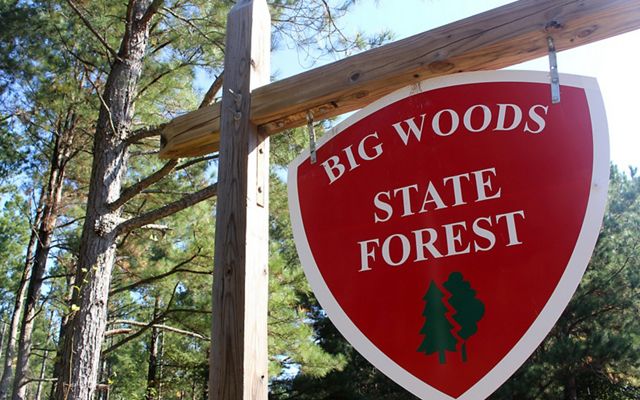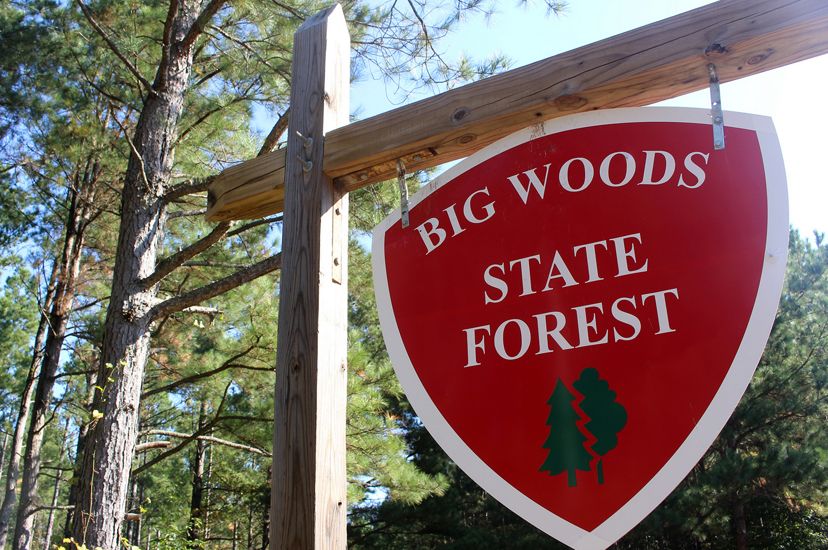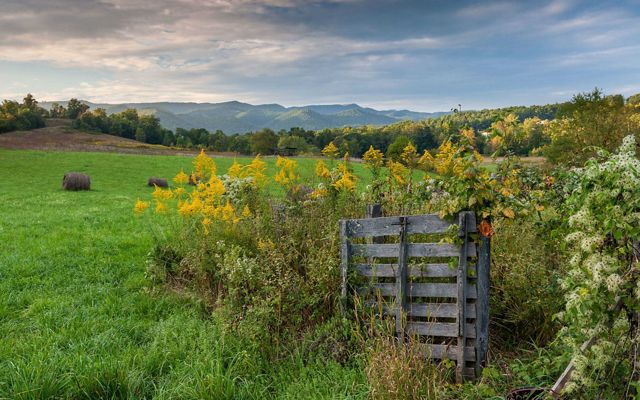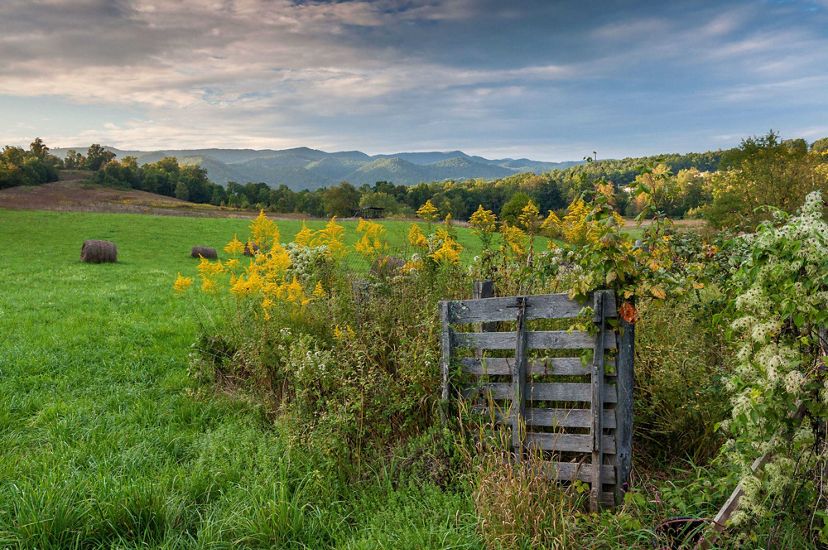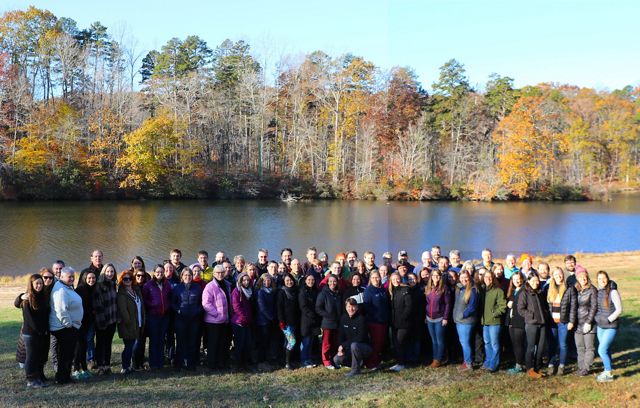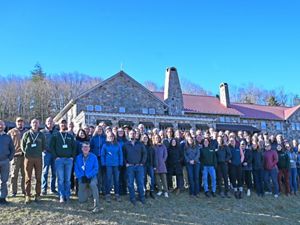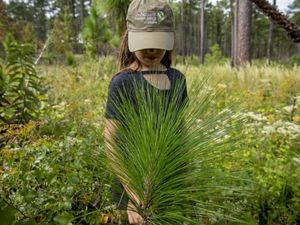Looking Back on 36 Years of Conservation
In celebration of Michael Lipford's retirement from TNC after 36 years, we look back on some of the successes from his tenure in Virginia.
Media Contacts
-
Kelley Galownia
The Nature Conservancy
Phone: (571) 403-4625
Email: kelley.galownia@tnc.org
Michael Lipford marked his retirement from The Nature Conservancy on December 2 after 36 years. Michael began his TNC career as a volunteer in 1982, was hired by TNC in 1986 as the Director/Ecologist to start the Virginia Natural Heritage Program, served as the Virginia Chapter’s Executive Director for 25 years and concluded his tenure as TNC’s Southern U.S. Division Director, a role he held for six years.
In celebration of Michael’s remarkable career and commitment to nature, we look back on a few of the successes from his time in the commonwealth.
Piney Grove
“It’s not going to wink out on my watch. This species is not going to be extirpated from Virginia as long as I’m state director.” Virginia’s rarest bird, the red-cockaded woodpecker (RCW), was on Michael’s mind in 1998 when the Virginia chapter purchased a 2,000-acre stand of pines that would become Piney Grove Preserve.
There were six red-cockaded woodpeckers at the preserve then. Many thought the population was too small to survive. Now, more than 70 RCWs call Piney Grove home. We’ve expanded the preserve and our Virginia Pinelands Program and reintroduced fire to the landscape to help restore the open longleaf pine savanna habitat the woodpeckers need.
In 2010, TNC initiated the acquisition from International Paper of 5,000 acres adjacent to Piney Grove that would become the Big Woods State Forest and State Wildlife Management Area.
Virginia Coast Reserve
In 2002 the Virginia chapter assumed management and ownership of the longest coastal wilderness on the East Coast—Virginia Coast Reserve—and embarked on an era of restoration.
Our work at the Volgenau Virginia Coast Reserve (VVCR) includes oyster and scallop restoration, forest protection for migratory neo-tropical bird habitat, shoreline monitoring for beach nesting bird habitat and the largest and most successful seagrass restoration project in the world. VVCR’s best of class coastal resilience work puts natural solutions in place to help overcome the threats from rising sea levels and storm surges.
Building on VVCR's importance, the Mid-Atlantic Seascape was initiated to focus on the conservation of offshore marine habitats. In 2016, TNC led an effort, with the Mid-Atlantic Fisheries Management Council and NOAA Fisheries, to protect submarine canyons from New York to Virginia, a seafloor area encompassing about 40,000 square miles—an area about the size of Virginia. These canyons support deep-water, temperate corals and associated fisheries.
Warm Springs Mountain
In 2004 the chapter purchased 9,000 acres on Warm Springs Mountain, now the heart of our Allegheny Highlands Program. This intact tract of forested land in Bath County was the missing puzzle piece that stitched together more than 300,000 acres of protected land. The preserve also shares a 13-mile border with the George Washington and Jefferson National Forest, providing opportunities for partnership and collaboration with the Forest Service.
With the Clinch Valley and Allegheny Highlands Programs, Michael helped initiate the Central Appalachians Whole System project and, as Southern Division Director, was on a team that recommended the Appalachians as a global TNC focal area, for its critical role in biodiversity protection and climate mitigation.
“Our vision for Warm Springs Mountain is as a center of excellence for the Central Appalachians. We want it to be at the heart of forest and watershed management research.”
Chesapeake Bay and Oyster Restoration
Michael was an architect of large, cross-border, landscape-scale efforts called whole systems, including the Chesapeake Bay and Mid-Atlantic Seascape. TNC partnered with the Chesapeake Bay Foundation to invest in restoring the native Chesapeake oyster in several Bay tributaries. TNC led restoration efforts in the Piankatank River, Virginia’s signature river for oyster restoration and part of the largest oyster restoration effort in the world. Upstream in the Piankatank watershed, TNC protected the largest forest block in the Bay watershed east of the mountains—over 25,000 acres along Dragon Run.
Agricultural Reserve Program
We worked with a coalition of farmers and local governments in Virginia Beach to create the Agricultural Reserve Program in 1996. A first of its kind for a locality, the program helps preserve the city’s agricultural heritage while also creating a buffer corridor along river marshlands.
The North Landing River marshlands protected by TNC in the late 1980s and early 1990s, built on protection of the Great Dismal Swamp, called the Green Sea Program. This locality driven easement program has been exported to several other regions in Virginia.
Conservation Policy and Funding
In 1988, Michael wrote and helped pass into law, the Virginia Natural Area Preserves Act that established the Virginia Natural Heritage Program and State Natural Area Preserves System. After becoming state director, he was a leader in providing funds for state natural areas and state park acquisitions through the 1992 Virginia General Obligation Bond, passed with the support of 67% of Virginia voters. A similar effort was successful in 2002.
In 1999 the Virginia chapter proposed, wrote and passed into law a conservation easement tax credit. The program provides a stable, cost-efficient method for funding land conservation in Virginia and can be used to establish permanent conservation easements and to purchase open spaces and parklands, lands of historic or cultural significance, farmlands and forests and natural areas. Michael also led the effort to create the Virginia Land Conservation Foundation, the primary vehicle for Virginia public land acquisition.
Growing the Virginia Program
“I am proud of helping grow the Virginia Program into one of the best state chapters in TNC, from a small staff of six to a staff of more than 60; every one of them a passionate and hard-working professional and some of the best people I’ve had the pleasure to know.”
The Nature Conservancy is a global conservation organization dedicated to conserving the lands and waters on which all life depends. Guided by science, we create innovative, on-the-ground solutions to our world’s toughest challenges so that nature and people can thrive together. We are tackling climate change, conserving lands, waters and oceans at an unprecedented scale, providing food and water sustainably and helping make cities more sustainable. The Nature Conservancy is working to make a lasting difference around the world in 81 countries and territories (40 by direct conservation impact and 41 through partners) through a collaborative approach that engages local communities, governments, the private sector, and other partners. To learn more, visit nature.org or follow @nature_press on X.
